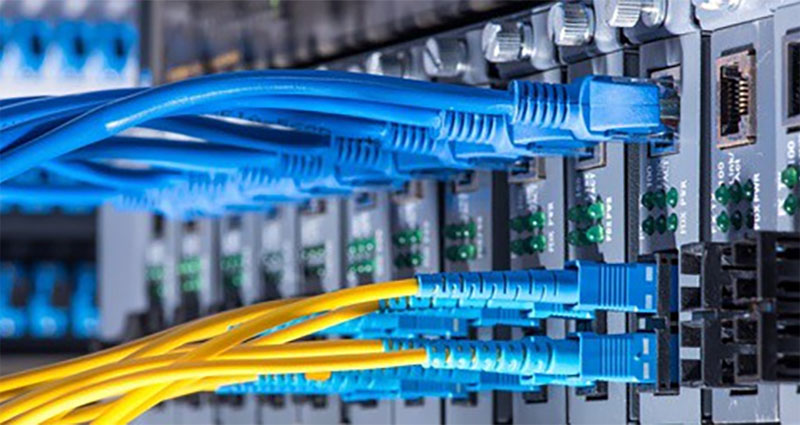SD-WAN is a network technology that decouples management and control processes from underlying networking hardware. As a result, this technology improves application performance and lowers costs. It can also reduce capital expenditures.
Increased performance, security, and cost-effectiveness
SD-WAN is a network architecture that decouples control and management processes from the underlying networking hardware. It offers benefits such as security, quality of experience, and flexibility. It also acknowledges the public Internet as a virtual node in the enterprise WAN.
Traditionally, WANs rely on physical routers to connect remote users to applications hosted in data centers. Physical routers have two distinct planes: the control and data planes. Typically, network engineers and administrators write rules to control which data flows to and from which locations and do so manually for each router. With SD-WAN, these processes are separated into separate software applications, allowing network administrators to write new rules and policies quickly and distribute them across the network.
SD-WAN offers many benefits, including increased performance, security, and cost-effectiveness. However, it requires the expertise of a specialized service provider to implement on a business-wide scale. Look for a company that offers bespoke solutions and has significant network expertise. With SD-WAN, your network can increase its performance, improve security, and enable cloud storage for your business.
It improves application performance.
SD-WAN can improve the performance of your applications by eliminating the need for multiple hops to deliver the same data. When an application isn’t performing as fast as it should, it can impact your business’s productivity and user experience. Applications often perform poorly because they require a long path to the server. Depending on the type of application, this can mean hours of lost productivity.
In addition to providing better application performance, SD-WAN also reduces network congestion. The SD-WAN system tracks traffic and bandwidth on every network link. Monitoring these metrics can steer traffic to the best connection for a given application, reducing the chances of a network congestion spike.
It reduces capital expenditures.
With SD-WAN, your company can drastically reduce the cost of enterprise bandwidth while maximizing bandwidth.
Another advantage of SD-WAN is that it can work with existing network infrastructure. Its ability to use MPLS circuits frees enterprises from the constraints of a single service provider and expensive network infrastructure. Furthermore, it can support unified communications throughout the enterprise landscape, prioritizing voice and video traffic. It also promotes per-packet prioritization and enables bandwidth optimization for critical applications.
It lowers costs
SD-WAN solutions offer several key benefits for businesses, including increased agility and simplicity. They reduce the need for complex network management, firewalls, and virtual private networks and help companies reduce costs. They provide centralized management control and can route traffic securely and efficiently to a trusted provider, reducing the need for expensive equipment and labor. SD-WAN also allows businesses to utilize hybrid connectivity to save money on bandwidth.
It improves resiliency
When an organization has multiple locations, SD-WAN technology allows automatic switching between those locations for maximum performance and reduced downtime due to performance failures. This feature eliminates the need for retailers to reconfigure their connections when increased traffic slows their network or lag times become too long because bandwidth is consumed. It also ensures the uninterrupted operation of retail sites, which is critical in today’s world, where people increasingly use cashless transactions.
Another advantage of SD-WAN is its scalability. It can grow with the organization and be implemented by non-technical staff. It can also be configured to use a unified application to guide traffic. Lastly, it can be managed through cloud delivery, meaning your organization will always be up-to-date and using the latest iteration.










